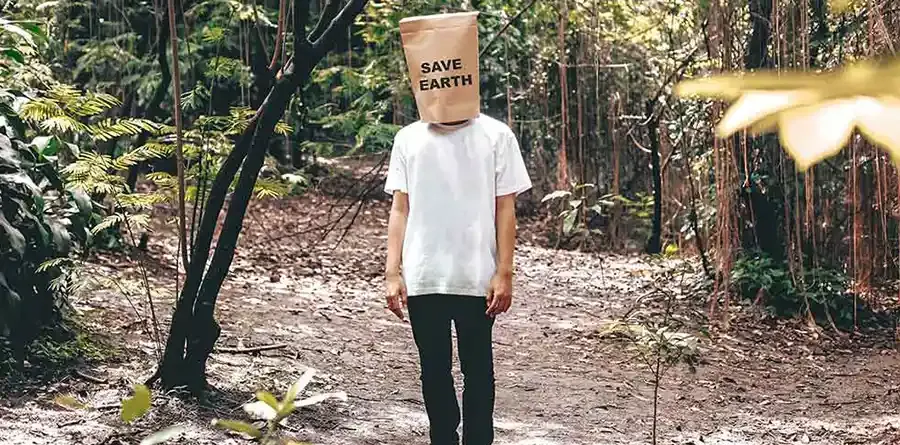Hyundai Motorstudio Senayan Park
Hyundai Motorstudio Senayan Park
Newsroom
The official news from Hyundai Motorstudio Senayan Park and a collection of innovative articles on mobility and sustainability here.
-
8 Ways to Save the Earth Without Having to Wait the Earth Day
- Hyundai Motorstudio Senayan Park Senayan Park 2022.06.06
-
Even small changes in daily routine can contribute to save the earth. Not only beneficial for the environment, but also financially. But, how to save the earth without having to wait for Earth day?As an illustration, the earth is facing a climate crisis and in danger of losing its ecosystem diversity. Humans have only a few years, not centuries, to solve this threat. Actions must be taken immediately, along with a proper understanding of what can and can't be done.
How to Save the Earth
You don't have to make complicated moves to save the earth, even small steps in your daily life have a positive impact. So, what are these simple steps? Let’s take a look at the points.1. Preserve the Water
Even the slightest action has a huge effect. Every time you brush your teeth, for example, turning off the water during brushing your teeth. As a consideration, there are 340 liters of water wasted during the process of brushing teeth according to EPA.The same goes when taking a shower. When using soap or shampoo, turn off the faucet. This simple action can save a lot of water. As well as by stopping consuming bottled water.
By consuming tap water, there are 156 bottles that can be reduced every year. This is because the average individual consumes 13 bottles per month. There is more money that can be saved by doing this, and there is more plastic that can be reduced in the process.2. Drive Less
There are always ways to reduce driving time. Perhaps, this is the easiest way that anyone can do to reduce the carbon footprint. If possible, 1-2 times a week is enough.There are 721 kilograms of gas emissions that can be reduced by avoiding driving. If you have to, make a driving plan. When you go to take your child to a weekly course, use this time to shop in one go. Besides saving on fuel costs, there is more time that can be saved.3. Change the Transportation
Reducing driving time will lessen the annual carbon footprint. But consider more eco-friendly approaches such as walking or cycling, or using public transportation if you have to travel far.Many cities have started to adopt environmentally friendly programs by adding bicycle lanes and widening the sidewalks. This can be the first step to switch because it has been facilitated.Apart from being more environmentally friendly, walking or riding a bicycle is also healthier. It's like doing cardio, so you will burn more calories.4. Avoid Plastic
Globally, humans use millions of new plastics every minute and 91% of the plastic is not recycled according to Forbes. The problem is, more plastic ends up in rivers, seas, landfills, roads, and even scattered in front of the houses.Instead of buying a new one every time you shop, it's much better if you bring your own. This step has a positive impact on reducing the plastic and the waste produced during the manufacturing process.5. Avoid Paper
We can save the earth just by throwing cans in a proper place, it's that simple! Likewise with paper. The average household throws 13 thousand pieces of paper each year, the majority in the form of letters, product packaging, and transaction receipts. The solution, avoid paper!When buying several products at once, try to combine it to reduce the use of paper packaging. Other ways, choose a product that has a recycle or reuse label.6. Use LED Lights
The CFL lamp is good because it offers a long lifespan and consumes 2/3 less energy than common lamps. But CFL lamps are problematic because they have mercury. LED lights are more efficient because they have a better wavelength.Replace CFL bulbs with LED bulbs once they are damaged. LEDs tend to be more expensive but offer more lifespan up to 30,000 hours, longer than 10,000 hours of CFL lamps or 8 thousand hours of bulb types.7. Consume of Eco-Friendly Food
Food production on a global scale is responsible for 25% of greenhouse emissions. Instead, choose food products taken from gardens that are environmentally friendly. Just buying vegetables from local gardens can make a big difference.Likewise, consuming more whole grains, nuts, vegetables and fruit can have the same positive impact. If possible, grow your own vegetables and fruit by applying environmentally friendly methods.8. Plant One Tree (or More)
The earth today is worse than before. Greenhouses are increasing and many countries are not committed to reducing the carbon emissions. Luckily there is a simple way to combat climate change, plant trees!Trees will absorb the carbon from the air, and a young tree can absorb 5 kg of carbon per year. Trees with a height similar to a 10-year-old child are capable of absorbing up to 21 kg of carbon. What if there are more older trees?Not only carbon, trees are able to clean dirt in the air such as nitrogen, sulfur dioxide, and other small particles. Start planting trees, because it’s good for all.




